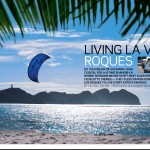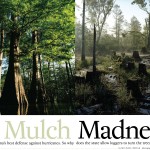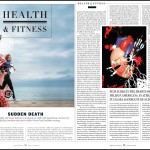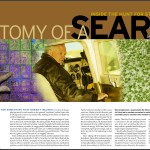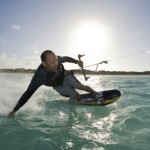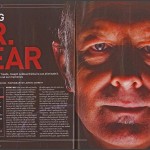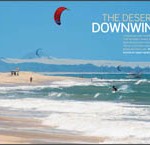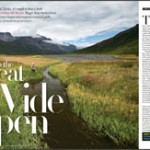 Into the Great Wide Open Download PDF
Into the Great Wide Open Download PDF
For a first taste of Alaska, it’s hard to beat a week of exploring in Wrangell-St. Elias. Bigger then Switzerland, it’s America’s largest and emptiest national park.
There are only three rules you have to remember when whitewater rafting in Alaska,” says my 26-year-old river guide Gaia Marrs. “First rule: Don’t fall out of the boat. Second rule: Don’t fall out of the boat. Third rule: Don’t fall out of the boat.” It’s July, and I’m lying supine in the sand on a riverbank in Alaska’s Wrangell-St. Elias National Park. My head is wedged between granite boulders, my legs are pinned together like disposable chopsticks, and my arms are splayed perpendicular to my torso. Marrs is standing over me, and I can see myself in her sunglasses. I look like a fallen scarecrow. In the event you end up in the water, the position you’re in now is how you’d want to go downriver,” she continues. “Feet first, on your back, so your butt hits the rocks before your head. Oh, and if you try to swim, use the backstroke. Anything else and you’ll probably drown.” Continue reading

